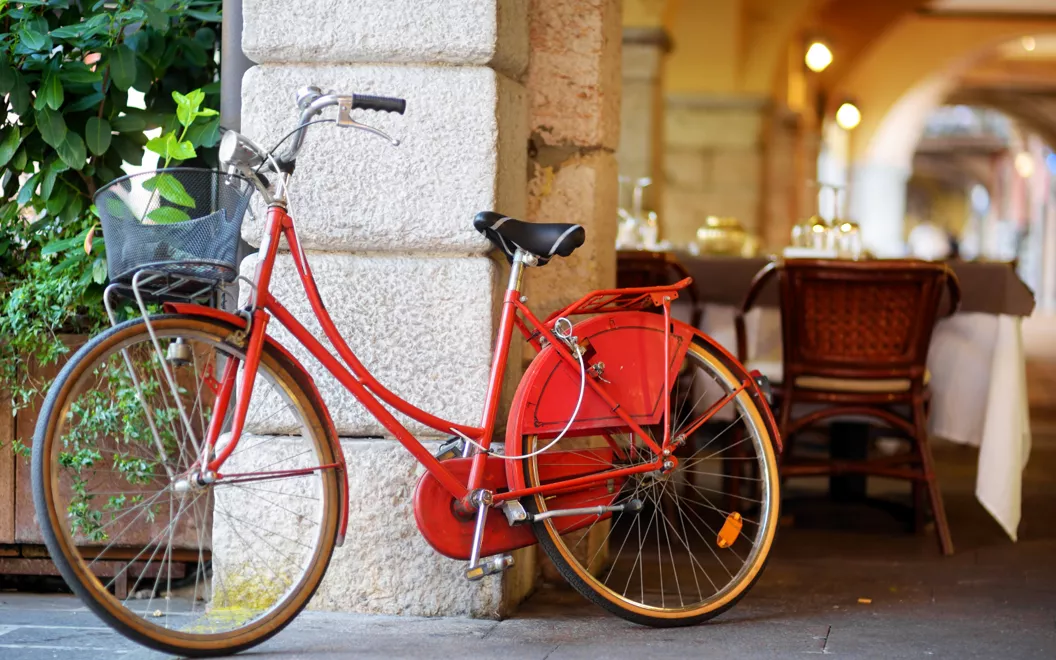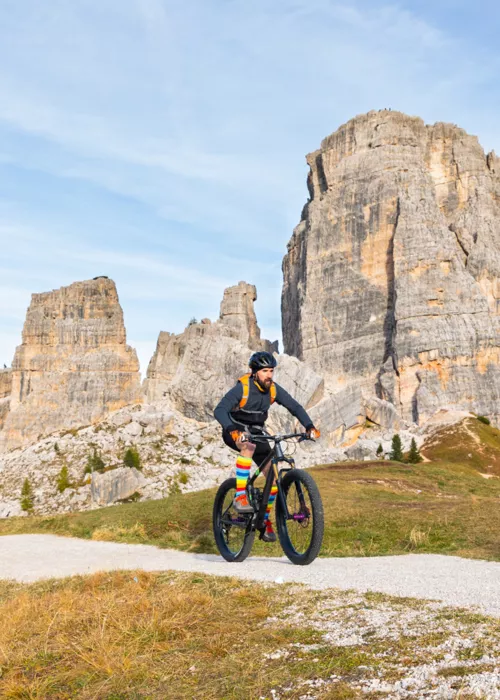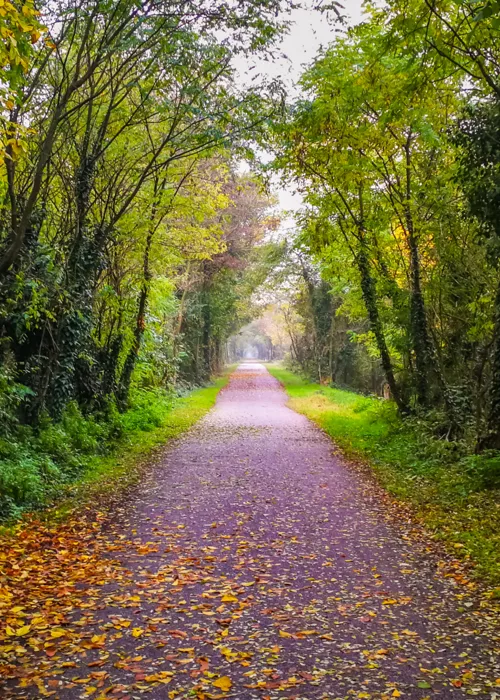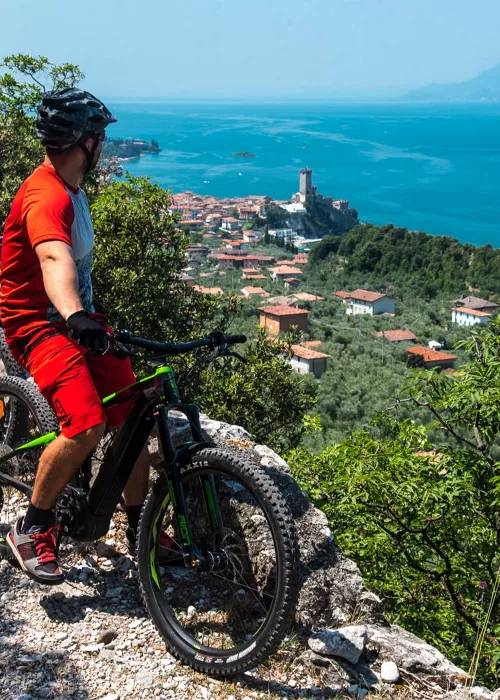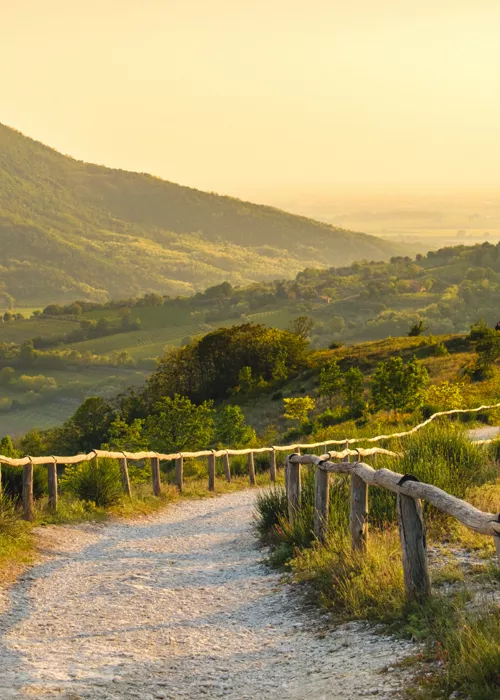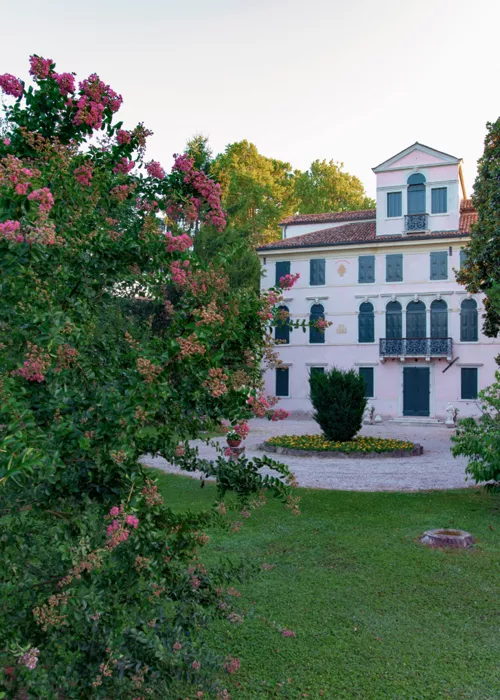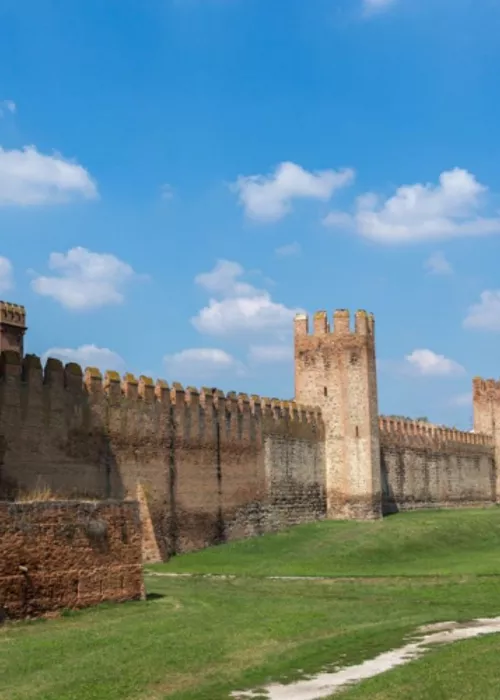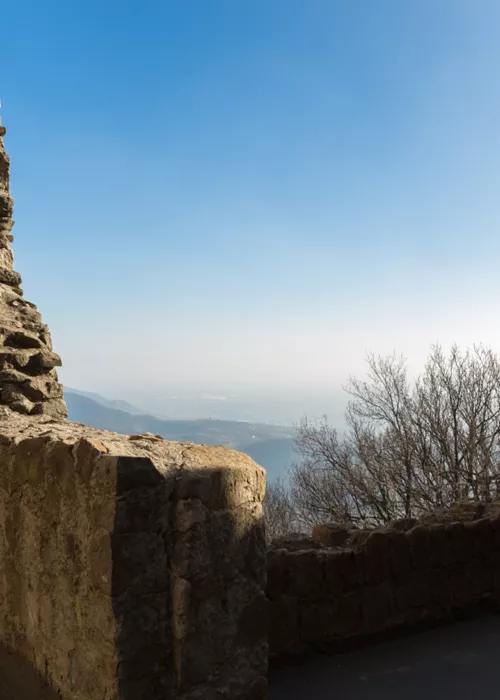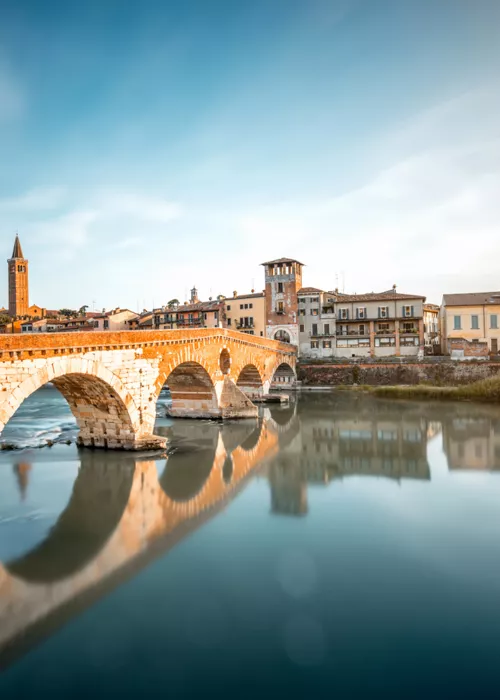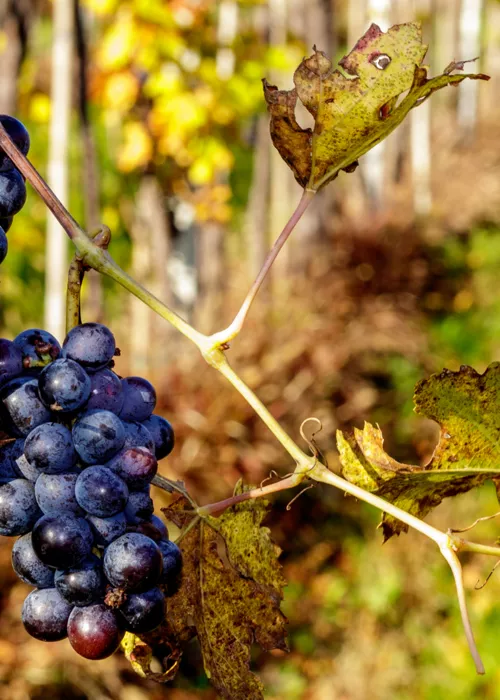Venice-Chioggia

Depart from the historic centre of Venice. From the ACVT boarding point at Tronchetto, board the ferry in the direction of Lido Venezia. Your ride starts from the Church of S. Nicolò northwards, following the E5 signposts along the Ciclovia delle isole di Venezia.
Ride alongside the lagoon shore, cross Viale Santa Maria Elisabetta and upon reaching Lungomare Marconi, admire Hotel des Bains, the Casino, the Film Festival building and the Grand Hotel Excelsior.
Access the pedestrian-cycle path behind the Murazzi, which protects the island from storm surges, and set off for Pellestrina Island from the Alberoni Nature Reserve.
Leaving the ferry at Santa Maria del Mare, look out for the 18th-century church near the port of S. Pietro in Volta and the low fishermen's houses surrounded by vegetable gardens. Cycling southwards, pass through the village of Portosecco and the old houses of Pellestrina.
The more courageous may take the open path around the lagoon leading to the south of the island, to the fort and the Ca' Roman Nature Reserve.
Return to the ferry for a ride to Chioggia.
Chioggia-Abano and Montegrotto

Amid the calli and canals, the historic centre of Chioggia’s must-sees include the Cathedral of Santa Maria Assunta, the ancient Church of Sant'Andrea and the medieval tower, as well as a colourful fish market between the square and Canale della Vena.
Along the via del sale, a road connecting the lagoon to the cities of Veneto, stop at the 16th-century Benedictine court of Correzzola, still inhabited and lively thanks to farmers and breeders. Next you’ll reach Pontelongo: continue along the canal embankment to Bovolenta, and then proceed towards the volcanic profiles of the Euganean Hills, amid villas, villages and masonry bridges.
You can do it! Abano and Montegrotto Terme are only 10 kilometres away.
Abano and Montegrotto Terme-Vicenza

Did you stop to relax in the spa waters of Abano and Montegrotto? Then back on the bike you go! Head towards Padua along the cycle path on the banks of Canale Battaglia, one of the oldest canals in Italy. Built by the Architect Scamozzi, Villa Molin is magnificent.
Riding towards Bassanello, the Bacchiglione River splits into three canals: follow the one leading to Padua, where it is worth visiting the Scrovegni Chapel and the Franciscan Basilica, which houses the remains of St Anthony. Riding back up the Bacchiglione River toward Vicenza, be enchanted by the panorama of the Euganean Hills, and then the Berici Hills.
Once you reach Longare, it’s best to turn towards Costozza to admire its extraordinary villas. Your arrival in Vicenza is marked by the imposing bell tower of the Sanctuary of Monte Berico.
Stop for a moment: Villa Almerico Capra, della La Rotonda, and the Arco delle Scalette, both works by Palladio, deserve at least a glance.
Vicenza-Bassano del Grappa

Leaving Vicenza, you’ll note the underground waters at the foot of the Asiago Plateau re-emerge in the Resurgence of the Bacchiglione River in Dueville. There are numerous rural buildings in Sandrigo, known for its baccalà alla vicentina fish dish. Admire the city walls and castles of Marostica, famous for its Piazza degli Scacchi and its cherry exhibition. You finally reach Bassano del Grappa along the Brenta River with its wooden bridge designed by Palladio, now the symbol of the Alpini mountain infantry.
Bassano del Grappa-Treviso

From Monte Grappa, you enter Marca Trevigiana and reach Asolo, "the city of a hundred horizons", whose imposing Fortress dominates the landscape of olive trees and cypresses. In nearby Maser we find another Palladian villa, Villa Barbaro, and the cherry trees that whiten the hills in spring. Then the modern Montebelluna, with its Natural History and Archaeology museums and the Scarpone museum and sports footwear..
Just a few minutes more and you leave the town behind you and reach Montello, a hill on the Treviso plain. Lastly, cross into Marca territory to reach Treviso.
Treviso-Venice

Canals, frescoed facades, alleys, squares: you’re in Treviso, a city of a thousand shades.
Following the Sile, Europe's longest resurgence river, and descend towards the Venice Lagoon. You will come across Casier, where the chimes of the water clock ring out, and Casale sul Sile with its 14th-century medieval tower. Then on to Dosson, home of radicchio rosso di Treviso, and shortly afterwards, Venice. You have completed the loop.

